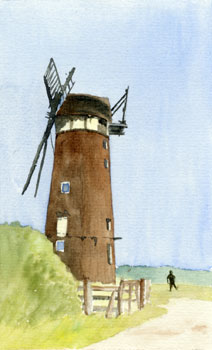
|
Ringstead
towermill |
 |
Watercolour by J.P. Chaplin c.1920 |
|
Ringstead towermill was a six storey tarred brick that once had six sails, which was quite unusual for Norfolk. The mill was built between 1837-1842 and had a boat shaped cap with a deep petticoat and a stage on the second floor. It stood at the end of a track some ¾ mile north of the village along with a cottage and outbuildings, having been built on the site of the earlier southern_postmill. When first built the mill had four single shuttered patent sails but two additional sails were added soon afterwards. The sails drove 3 pairs of French burr stones, a flour cloth machine and a jumper. The brake wheel and wallower were made of wood, as was the upright shaft. The dust floor was 17 ft. in diameter. A brick keystone on the first floor had the Le Strange rampant lion carved on it. |
The other known six sail mills in Norfolk were at: Sculthorpe, Terrington St Clement Balsam Fields, |
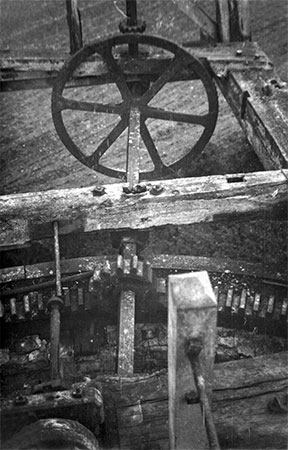 |
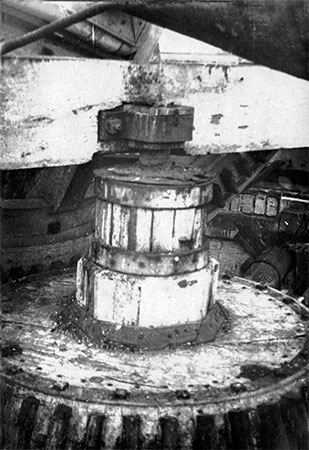 |
Gearing c.1936 |
Wallower & centrepost c.1936 |
 |
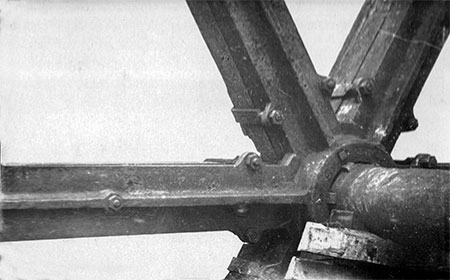 |
Brakewheel c.1927 |
Windshaft and steel stocks c.1936 |
|
Both Faden's and Greenwood's maps show two adjacent postmills at Ringstead, the northern_mill and the southern_mill, the latter was advertised for sale and removal before Henry L'Strange Styleman le Strange built a towermill on the same site c.1840. It was reputed that the southern_postmill was moved about 2 miles east to Beacon Hill in Thornham, although up until 1863 the Rate Book in Thornham only records John Crane as owning one mill in Staithe Road even though both mills were known to be there in that year, thus the Ringstead_southern_postmill may have been assembled there during the course of that year, becoming Thornham_composite_mill. |
RINGSTEAD |
Notice to Debtors and Creditors of William Norgate. Dated 25 July. |
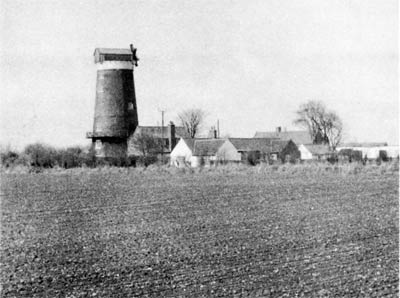 |
6th April 1970 |
WANTED, a good pair of second hand 4 ft. French Burr Millstones. |
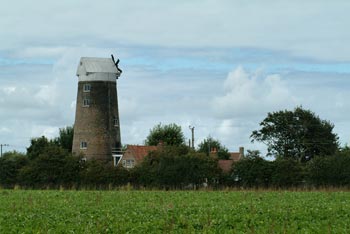 |
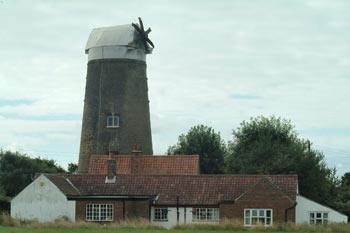 |
|
25th
August 2003
|
25th August 2003 |
The mill was converted to domestic use in 1927 and in 1981 still contained the windshaft and the six armed cross canister. The cap was removed in 1927 and the stones were removed later. |
On 16th March 1974, Mrs. Clare Chapman wrote to Philip Unwin to say that her parents, Prof. & Mrs. Cornford, bought the mill in 1927. It was derelict and had no sails. It was converted to residential use by architect Hugh Hughes of Granchester near Cambridge, who also converted Burnham Overy towermill and still owned it. |
Re conversion to dwelling:- |
 |
 |
Gearing c.1936 |
Wallower & centrepost c.1936 |
Ringstead towermill |
| Ground Floor Staircase on wall outside tower, in attached bungalow 1st Floor Divided into 2 bedrooms, staircase on outside 2nd Meal Floor Undivided Base of upright shaft Pulley for governors Drive coming down from 3rd floor to bolter etc. Under staircase to 3rd floor a few pieces of iron - spider? 3rd Stone Floor Wooden upright shaft 16½ ins. diameter Wooden clasp arm 7 ft. great spur wheel with iron segments. 1 pair of 4 ft. French burr stones in 8 sided modern vat with no hopper or shoe. Overdriven. Iron mortise stone nut on 6 ft. quant Two other glut boxes with rings for holding quants out of gear Another pinion on iron shaft driving down to meal floor 4th Corn Floor Divided as to landing and bedroom Lower section of upright shaft topped with iron joint to upper section 5th Dust Floor Upright shaft round All wood wallower with friction drive underneath to sack hoist Sack hoist Cap All wood 9 ft. clasp arm brake wheel, no brake lever Windshaft 12 ins. diameter at head wheel, 7 ins. at tail Harry Apling - 22nd July 1981 |
Tower windmill. Early C19. Header bond gault brick partly blackened, temporary C20 asbestos roofing. 6 storey tower, cap forming further storey. South face with ground floor C20 door in origianl opening under gault brick flat arch with central keystone. 4 of the 5 floors above with one 2-light casement windows under flat arches with keystones, on first floor with rampant lion crest. West face with 4 openings, the 3rd floor opening formerly a loft door, north face with 5 openings, east with one boarded 2-leaf loft door and one casement. Brick eaves cornice, wooden shuttered skirt perhaps original. To north face the surviving metal canister for 6 sails. C20 asbestos covering of cap. c.1920 house attached at east is not of special interest. |
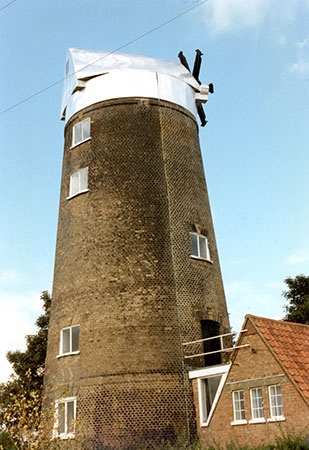 |
1990 |
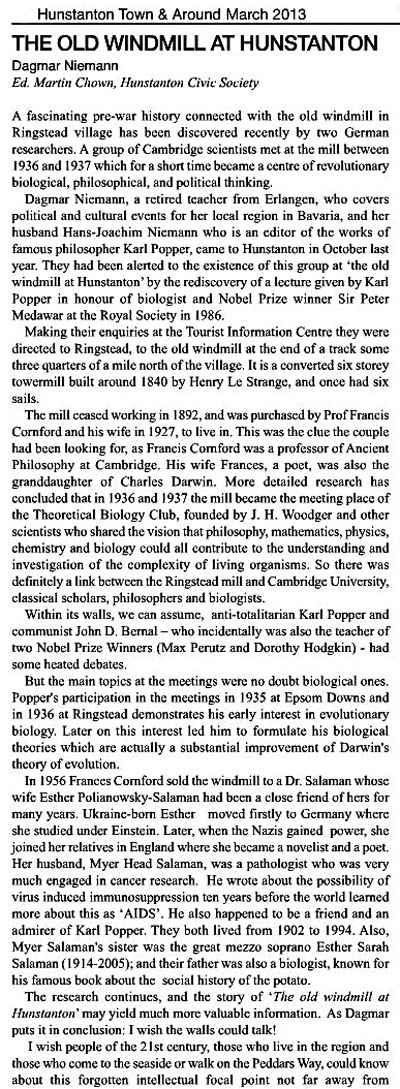 |
Hunstanton and Around,
issue 89, March 2013 |
 |
1st December 2009 |
Tower windmill. Early C19. Header bond gault brick partly blackened, temporary C20 asbestos roofing. 6 storey tower, cap forming further storey. South face with ground floor C20 door in origianl opening under gault brick flat arch with central keystone. 4 of the 5 floors above with one 2-light casement windows under flat arches with keystones, on first floor with rampant lion crest. West face with 4 openings, the 3rd floor opening formerly a loft door, north face with 5 openings, east with one boarded 2-leaf loft door and one casement. Brick eaves cornice, wooden shuttered skirt perhaps original. To north face the surviving metal canister for 6 sails. C20 asbestos covering of cap. c.1920 house attached at east is not of special interest. |
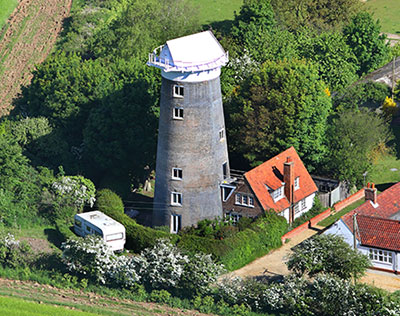 |
2nd June 2013 |
In September 1939 my brother and I were evacuated to old Hunstanton billeted with a Mrs Wyn who took us to visit an elderly man at the old mill at Ringstead I understood he was related to her in some way, in conversation he said he had spent a long time at sea He gave me a secret opening wooden box that he had made by hand during his quiet time whilst at sea. His presence doesnt seem to fit in with the history of the Mill, could he perhaps have been the caretaker of the Mill at that time? |
Ringstead Mill has also been immortalised in a poem of that name. The subject of the poem is the now legendary son of the Cornfords, who bought the place in the 1920’s, John. He was a poet and a communist who fought in the Spanish Civil War where he was killed on or around his 21st birthday. One of his most well known poems, just called Poem, was written to Margot Heinemann just before he died. He and Margot stayed at Ringstead Mill shortly before he went to Spain. Decades later, and just or year or so before she died, Margot wrote Ringstead Mill. I regard it as one of the great poems of the 20c, although to my knowledge it’s never been officially published. However I understand there's a biography of Margot in the pipeline. |
|
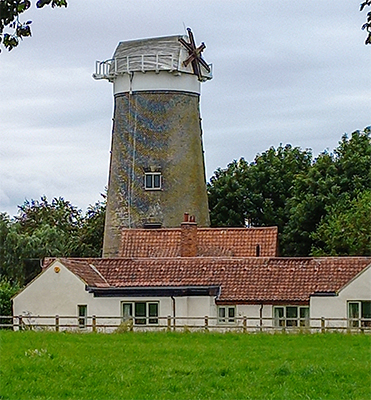 |
1st August 2023 |
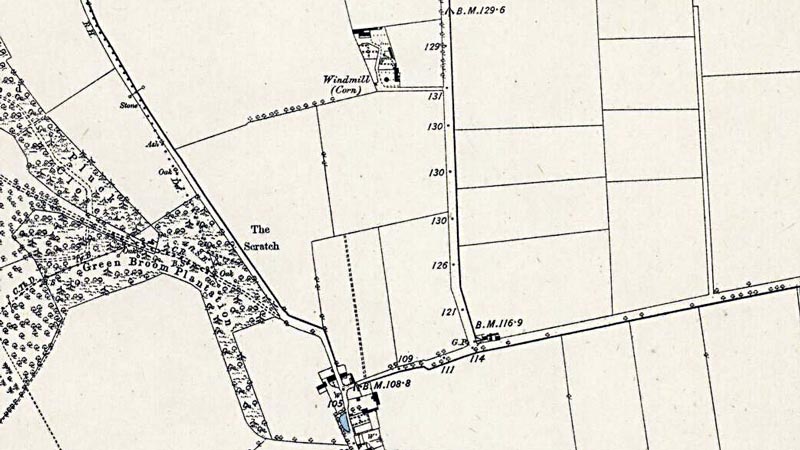 |
O. S. Map 1886 |
|
1837 - 1842: Mill built
for Henry Le Strange
White's 1845: Robert Powell, mill manager 1854: William Norgate, miller |
If you have any memories, anecdotes or photos please let us know and we may be able to use them to update the site. By all means telephone 07836 675369 or
|
| Nat Grid Ref TF 70574163 |
Copyright © Jonathan Neville 2004 |